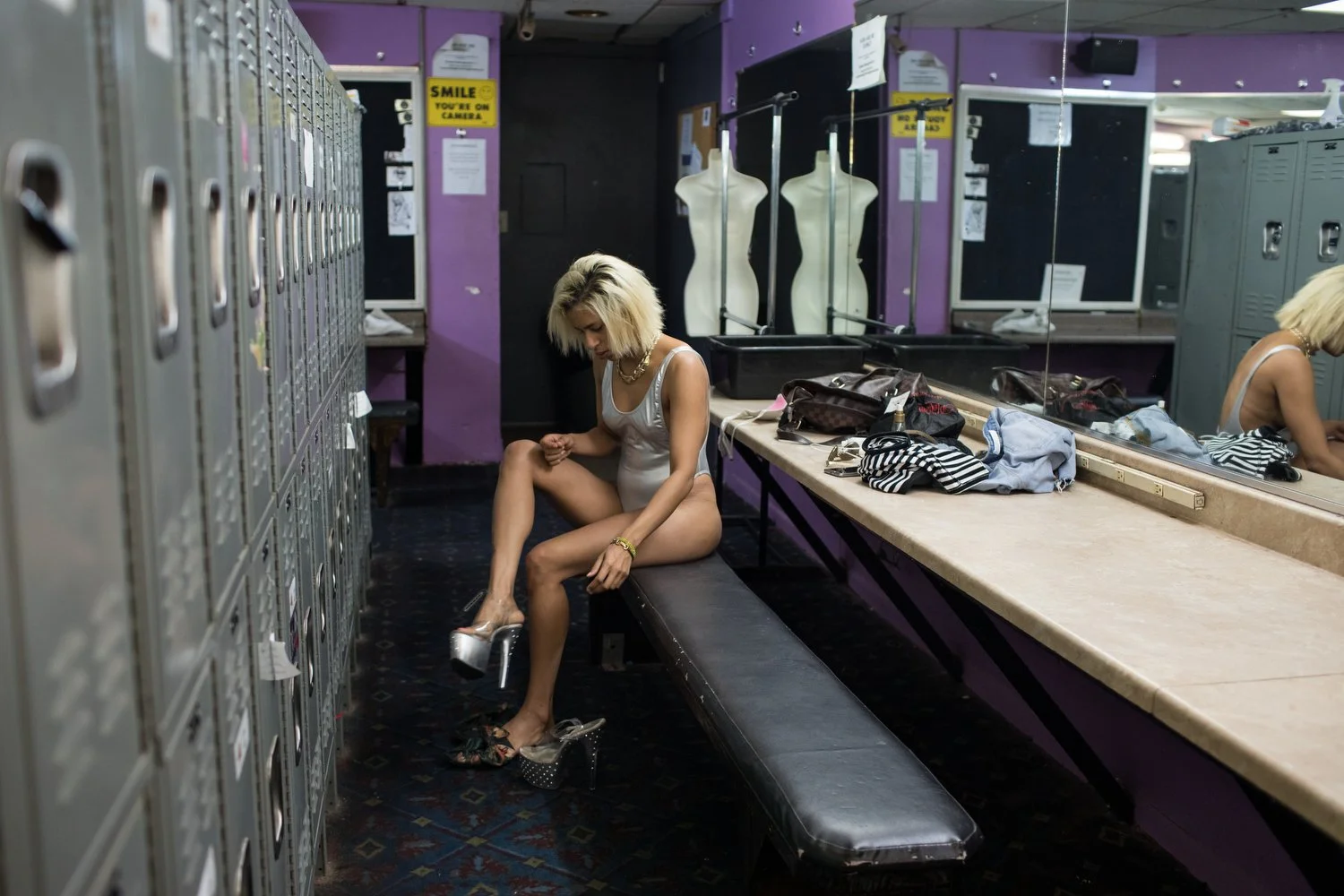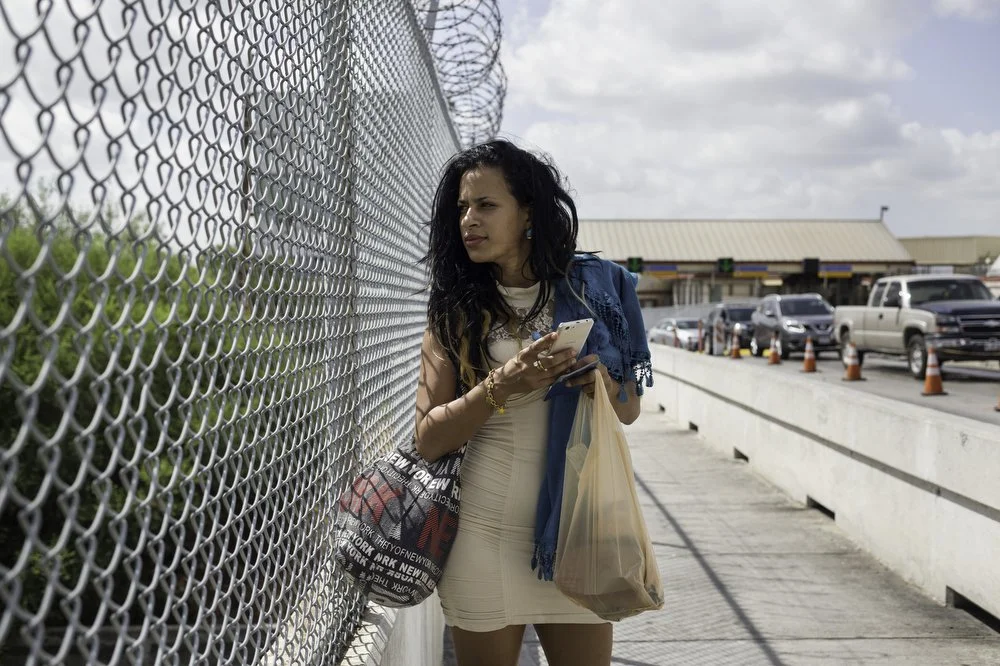detained in peru
Print featured in the archive at the U.S. Library of Congress and at the Cuban Heritage Collection in size A3
In 2016, Liset Barrios and Marta Amaro left Cuba with no plan, just the name of a human smuggler scribbled onto a piece of paper, and a dream to make it to the United States. They flew to Guyana, the closest country allowing Cubans in without a visa, and they traveled north. Chasing the imminent end of “wet foot, dry foot” a migration policy that allowed Cubans almost automatic entry without a visa. They would hop ten borders and cross the Darien Gap on foot. I followed every step of the way.
for more info: https://www.lisettepoole.com/paloma
3nd of 10 editions
Paper: Canson Platine Fibre Rag
Signed on back
White border
A3 Paper 297 x 420 mm 11.7 x 16.5 inches
Available in various sizes, please request via email
Print featured in the archive at the U.S. Library of Congress and at the Cuban Heritage Collection in size A3
In 2016, Liset Barrios and Marta Amaro left Cuba with no plan, just the name of a human smuggler scribbled onto a piece of paper, and a dream to make it to the United States. They flew to Guyana, the closest country allowing Cubans in without a visa, and they traveled north. Chasing the imminent end of “wet foot, dry foot” a migration policy that allowed Cubans almost automatic entry without a visa. They would hop ten borders and cross the Darien Gap on foot. I followed every step of the way.
for more info: https://www.lisettepoole.com/paloma
3nd of 10 editions
Paper: Canson Platine Fibre Rag
Signed on back
White border
A3 Paper 297 x 420 mm 11.7 x 16.5 inches
Available in various sizes, please request via email
Print featured in the archive at the U.S. Library of Congress and at the Cuban Heritage Collection in size A3
In 2016, Liset Barrios and Marta Amaro left Cuba with no plan, just the name of a human smuggler scribbled onto a piece of paper, and a dream to make it to the United States. They flew to Guyana, the closest country allowing Cubans in without a visa, and they traveled north. Chasing the imminent end of “wet foot, dry foot” a migration policy that allowed Cubans almost automatic entry without a visa. They would hop ten borders and cross the Darien Gap on foot. I followed every step of the way.
for more info: https://www.lisettepoole.com/paloma
3nd of 10 editions
Paper: Canson Platine Fibre Rag
Signed on back
White border
A3 Paper 297 x 420 mm 11.7 x 16.5 inches
Available in various sizes, please request via email





